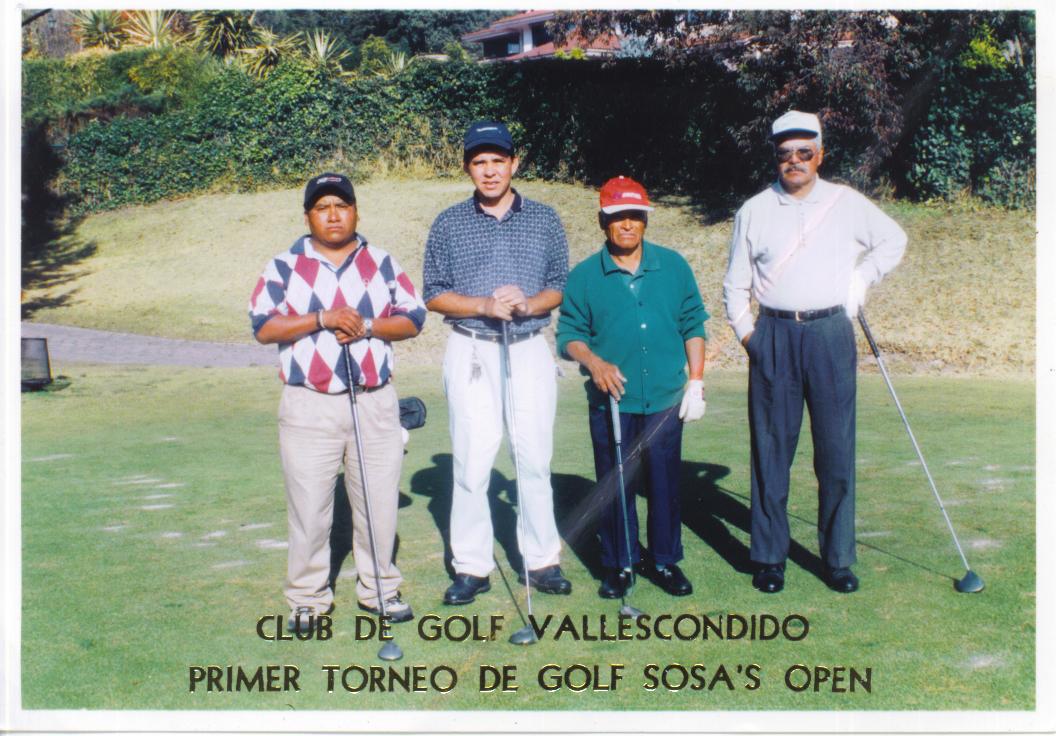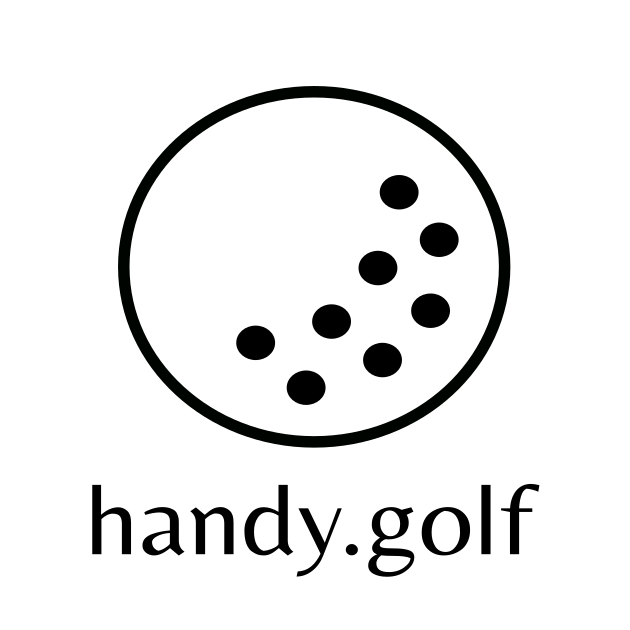
Talking in the 19th Hole
DRIVER. In many golf clubs, hits by a golf ball to people and property (houses, offices, warehouses, cars, etc.) is a frequent issue, which remains unresolved. The problem has many edges, and action must be taken on each of them. I consider that the education of the players and employees is the priority action to improve the problem.
Some players intentionally shoot where they know they can harm people and property. The most frequent case is the long hitters who blow the protection nets of the driving range. I have not heard of any Club that has successfully respected the maximum distance of its practice. The reason is that there are always members who believe that they can break the rules and that there will be no consequences, and sadly if this is the case because executives do not dare to sanction so as not to look bad with their friends.
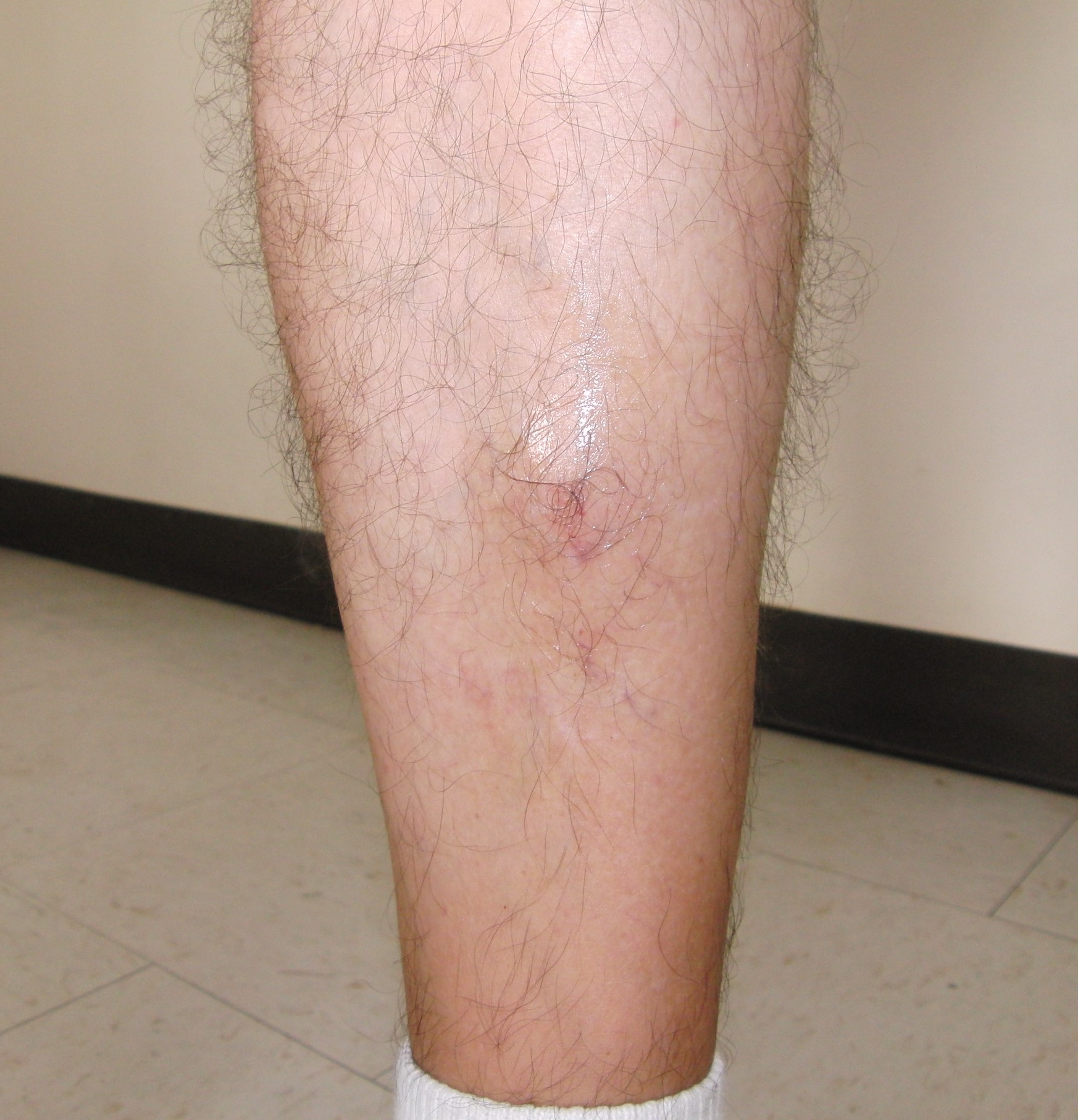
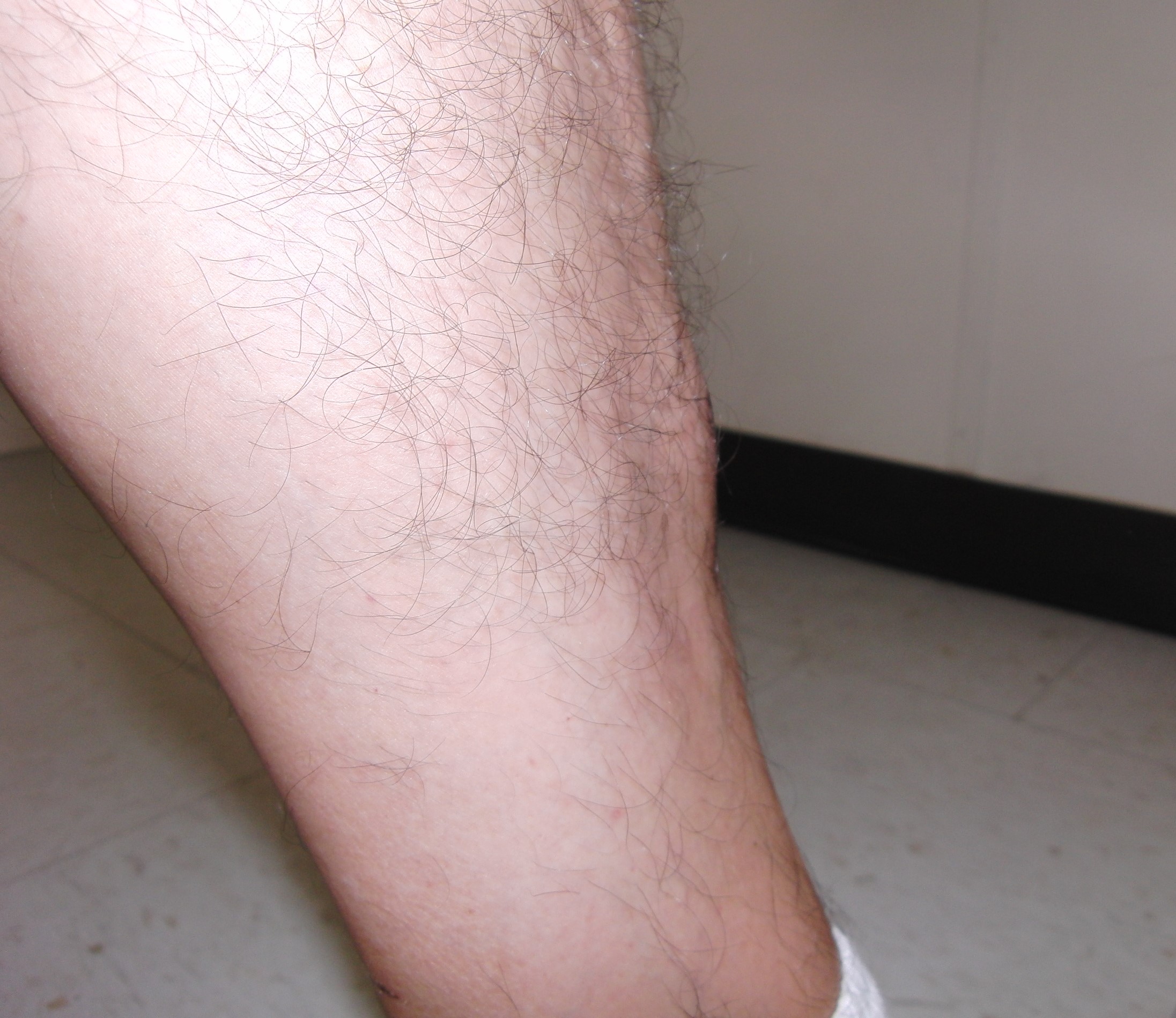
On the golf course, there are certain holes where hits by a golf ball are more frequent, for example, in the dog’s leg holes, in the teeing areas very close to the greens of the previous hole, in the holes that share rough and go in the opposite direction, in holes with blind shots, etc. To avoid accidents in these areas, golf staff should educate players and caddies to shoot until no one is within reach and to yell fore if necessary.
Some players shoot even when the group is within reach. They do it as a way of putting pressure on them to pick up the pace. This conduct should be severely punished because it has been the reason for lawsuits between players.
Another common reason for a hit by a golf ball is for players to get ahead. Some groups play in a cart, and while one player is shooting 150 yards, others are already marking their ball on the green. If the players are exposed in that way sooner or later, they will receive their ball.
Golf course maintenance employees are frequent recipients of the hits by golf balls. The greenkeeper and golf professional are responsible for training them so that they know how to move on the course during their work. It is very common for employees to cross each other when a player is about to shoot.
Their bosses must explain what the game is about, at least they know what fore means.
Those who use machinery must be aware of the players since they do not hear the screams due to the noise of the engines. The players despair and decide to shoot regardless of the risk of hitting them. If the hit by a golf ball occurs, who was the culprit? Both for not following security protocols.
The Club can educate its players with clear regulations and exemplary sanctions, showing that respect and life are essential values. An institutional campaign can also be carried out to communicate these security issues.
The Club should invest in improving the infrastructure. In the golf course, you can place curtains of trees or shrubs in extreme cases a small net to reduce the probability of accidents. It is necessary to invest in taller posts and nets on the driving range, which is extremely expensive.
The Club should invest in insurance for property damage. The most common is damage to cars and house windows, but also injuries to people. Club employees have social security, but caddies, in most clubs, are work ghosts. If a ball hits a caddy and her eye is permanently damaged, who will take care of it? The player or the Club? It is vital to prevent this situation.
WOODS. As a child, I learned the putting stroke with a dominant hand and wrist movement because the greens were very heavy, and it was necessary to hit the ball hard. The grass on the green was similar to a current well-cut fringe. The green mowers couldn’t cut as low as they do now.
On these heavy greens hitting the ball hard had no serious consequences as controlling the putt’s distance was very manageable. When I started working at Club de Golf Vallescondido 18 years ago, I had to learn to use a dominant shoulder movement because using my hands was difficult to control the distance on such fast greens. Here if there were consequences if I hit a little harder, the ball went too far from the hole. The change was not easy. It took months to adapt to the movement and fast greens.
This change in the style of putting can be noticed when watching professional players’ videos from a few decades ago and current players.
The excessive use of the hands and wrists during the putt and especially on impact and following, is one of the main technical errors in players of all levels. The «scooping» causes greater rotation and inconsistency in the face of the putter, inconsistency in the point of impact, irregularity in the putter’s trajectory, a very long finish, poor distance control, wrong direction, and consequently missed putts.
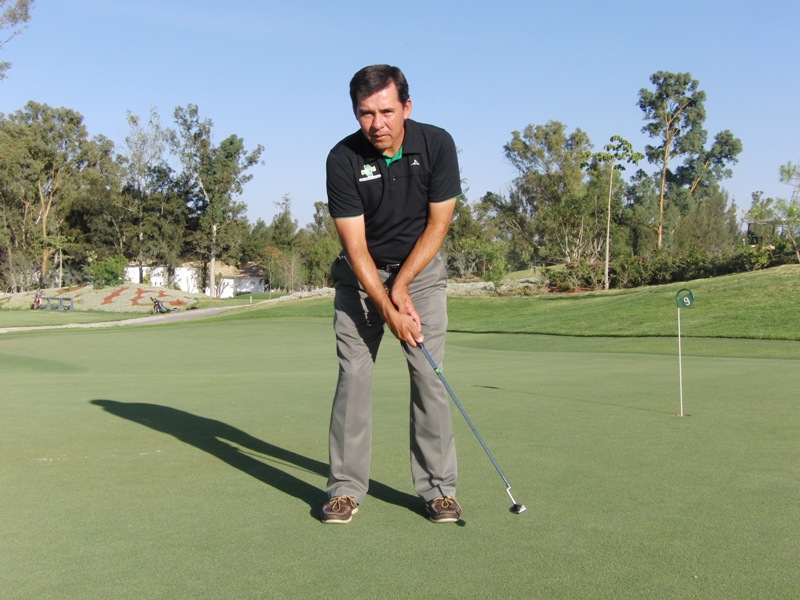
This problem has its origin in the deficiencies that persist in the teaching of golf. We, teachers, continue to teach the full swing first, instead of teaching the putt and chip first. When attempting to swing the full swing instinctively, players make a dominant hand movement, unless an experienced teacher instructs them to use their shoulders. When beginners try to putt, they reapply their habit of using their hands and, consequently, become players who are scooping.
A teacher who knows how to teach will dedicate the time necessary for the beginning player to learn the putting stroke with a dominant movement of the shoulders and reapply that skill in learning the backswing of the chipping, pitching, and full swing.
A high percentage of players scooping on the putting stroke, the key to keeping the wrist angle constant throughout the putt, is the shoulders’ dominant movement. The scooping occurs when the shoulders stop or slow down.
Because the scooping is one of the most common mistakes, there are various drills and training aids to overcome it. In this video, you can see three drills.
I invite you to form the habit of training one or two drills. If you do it regularly, you can be putting while maintaining the angle of the wrists.
PUTTS. Each Club has its customs and traditions. The tournaments in which caddies play with the members are a tradition in several clubs. Some do it in the Christmas turkey tournament, others have the caddy – patron (patron) tournament, and still, others have the caddy tournament. These tournaments serve two purposes: for the caddies to play, have fun with the members, and raise funds for the caddies. I like these tournaments because they are so much fun. Unfortunately, there are elite clubs that do not accept this kind of meeting. For me, it is excellent that these meetings exist. I believe that both parts are edified and make us better human beings. FORE.
